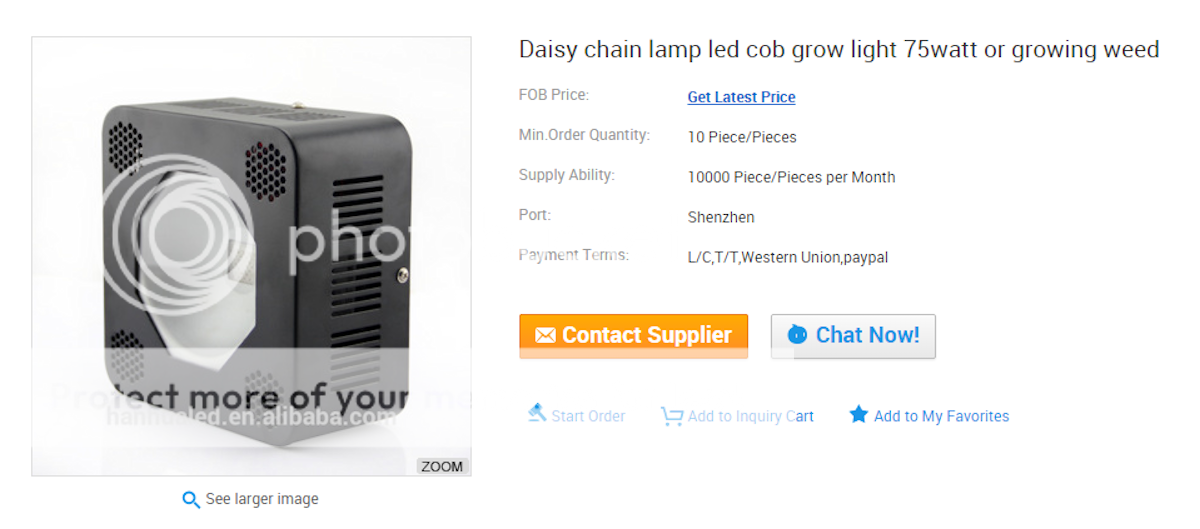Bridgelux Vero DECOR analysis.
BXRC-30H4000-F-xx
-CCT:
3000°K
-CRI:
97
-max If :
2100mA
-max Tc :
105°C
-full Vf range (min 85°C,500mA /max 25°C ,2000mA ) :
23-35 VDC
Spectrum:
View attachment 3280058
Spectral Analysis :
( From digitising job ..)
View attachment 3280059
- Estimated LER of 3000°K Vero Decor
**400 nm -780 nm ** =
272,3 lm/Wφ
-Excitation peak (die) =
452 nm / .587 Rel. to 1
-Emission Peak (phosphor) =
633 nm ( 1 )
- 642 nm ChB Rel. to 1 =
.969
- 662 nm ChA Rel. to 1 =
.808
-Stokes Shift =
181 nm
Band power distribution :
400-499 nm :
9.98 %
500-599 nm :
32.87 %
600-699 nm :
48.61 %
700-780 nm :
8.54%
Photobiology parameters
-R:FR (660:730) =
4.453
-PPE /PPS =
0.631
-Pfr : Pr =
1.708
-Pr : Pfr =
0.585
-YPF / PPF =
82.51 %
-Quanta per Radiant Watt =
4.97 umol
Math model Estimation Analysis #1 : ( for single C.O.B. unit ,)
Tc = 25°C ,If = 1050 mA,Vf = 29.5 VDC ,L = 2550 lm ,LumEff = 82 lm/W
PWR Dis =
30.975 W
Φο (Radiant Output Power ) =
9.365 W
Heat Pwr =
21.61 W
Radiant Efficiency =
30.23 % ( .3023 )
Quantum Efficiency =
1.5 umol/J
Quantum Flux (400-780 nm ) =
46.55 umol/sec
Math model Estimation Analysis #2 : ( for single C.O.B. unit ,)
Tc = 85°C ,If = 1050 mA,Vf = 27.9 VDC ,L = 2200 lm ,LumEff = 75 lm/W
PWR Dis =
29.295 W
Φο (Radiant Output Power ) =
8.079 W
Heat Pwr =
21.22 W
Radiant Efficiency =
27.58 % ( .2758 )
Quantum Efficiency =
1.37 umol/J
Quantum Flux (400-780 nm ) =
40.16 umol/sec
Summary-Personal View :
Well ...
A ) ~28% efficiency at 85°C & If = ~1A
B ) ~ 10% Fr & ~ 49% of power at 600-699 nm ...
C ) < 10% at 400-499 nm ...
~60% of output power is over the 600 nm ...
It's like a "hypothetical" combo of 1: 5 :3 : 1 ( FR : DR -R :GR: BL ) monochromatic leds..
(of hypothetical equal efficiency ...BTW, how much would be the actual total / average efficiency of such combo ,really ? - ... A rough estimate ? )
....
Personally,I'd use it /them ..
.From mid to late flowering ..
When all the 'strecthing' ability of the plant(s) is a past thing ...
I'm bettin' that those high CRI 3000°K are really " bud-swellers" ...
Althought pretty 'unefficient' comparing to their 80 CRI counterparts ...
( Note : 2700 K whites are differing from the 3000K whites only in the amount of power of BL
wls.No matter the CRI. Personally I'd avoid ..2700 K whites ,due to their bigger phosphor load.
Thus less efficient of 3000K .The difference of 80 CRI 3000K and 90-97 CRI 3000K whites ,is the actual phosphors & blends used.High CRI have longer emission (oxy)nitride phosphors,that though more efficient in conversion than yellow/amber YAG ones ,the bigger Stokes losses,unfortunately can not be avoided .
Still the spectra provided by the high CRI 3000K COBs ,I'm sure will prove to be ..
well..at least "bud-swelling" ....I'm bettin' on it ...Only restriction is the ~10% FR ...
Thus ,that kind of white light should be utilised after the mid of flowering ,towards the end of sensimilla's ..reproductive (!) .... cycle . )
Would I use them ?
Yes ...
In one another 'dream-light' that will contain 7 cobs per heatsink (honeycomb arrangement ) ,
in three independent driving channels :
1x 5000° K ,70 CRI ,as seed/clone/early veg enhancing-supplementing light .
&
4x 3000 °K ( or
3500 °K for Vero line ) ,
80 CRI ,as main light core .
&
2x 3000°K ,90 CRI (or
97 for Vero Decor /Xnova Studio line ) ,
as mid-late flowering enhancing -supplementing light .











 . Hopefully the deny-a-sauruses and the ignore-a-sauruses go extinct too.
. Hopefully the deny-a-sauruses and the ignore-a-sauruses go extinct too. 







